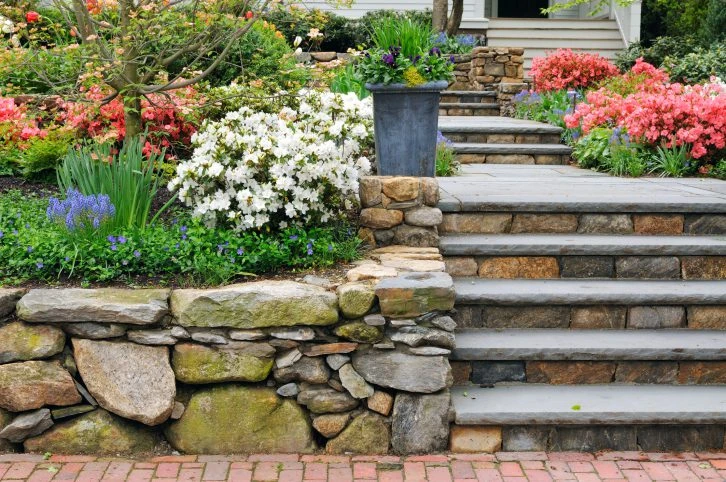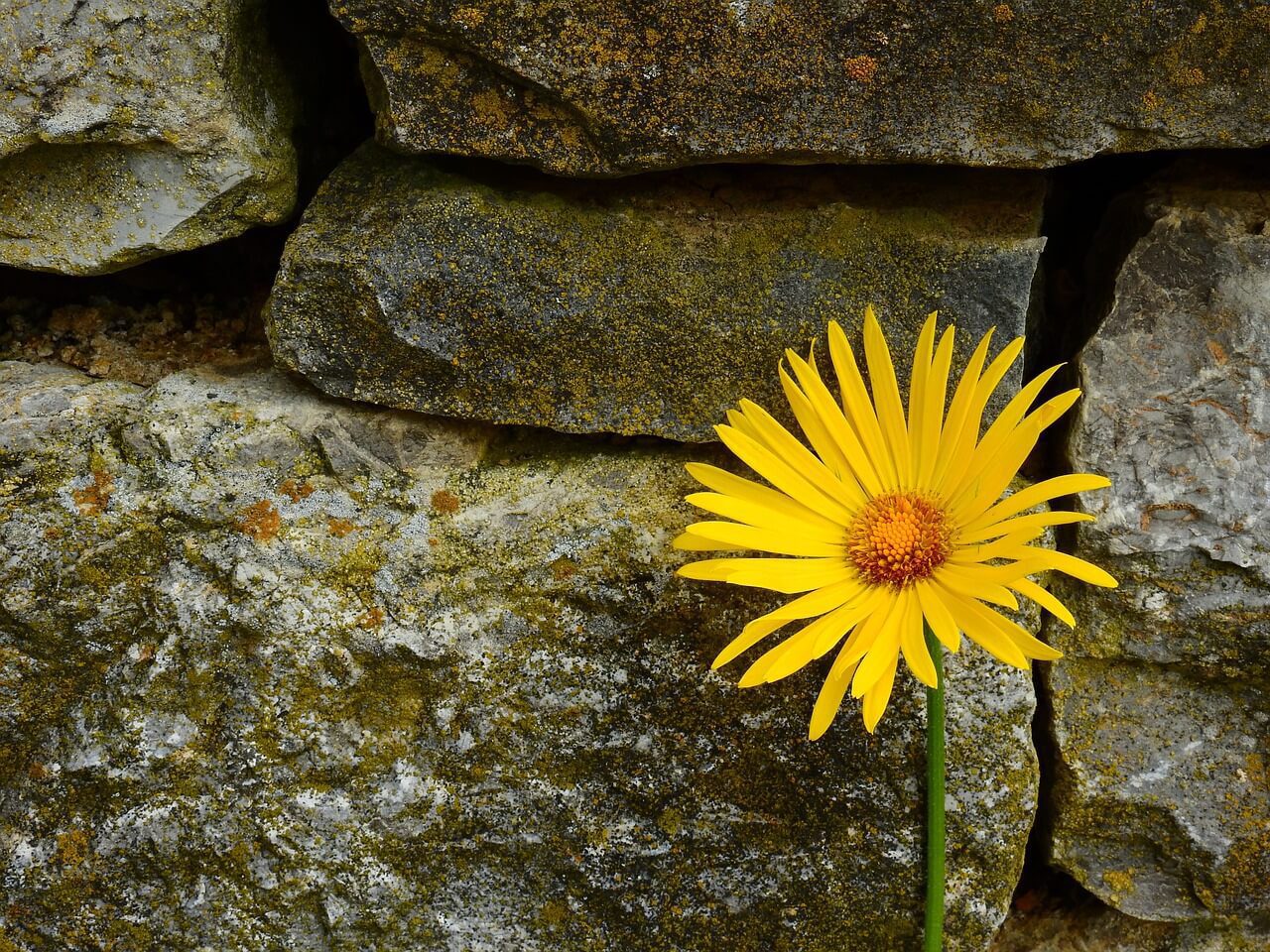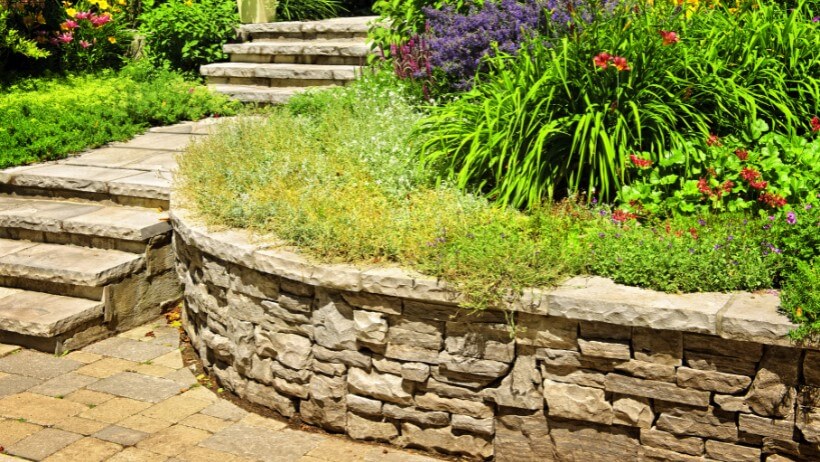
New Life Estimator Goes the Second Mile
Customers Receive Unparalleled Service Through B&D Estimator, Neil Eneix With over 35 years in the retaining wall & landscaping industry, Neil Eneix has a strong knowledge of the landscaping business. Recently, Neil Eneix visited a potential customer who’s needed a retaining wall installed in his highly steep sloped backyard. This is a common issue with customers in the Seattle WA area. Builders looking to save a few bucks will either slope a hill (without thought of the rainly months) or will try to save a few bucks by installing a cheap wood retaining wall system. Unlike rocks or blocks,



